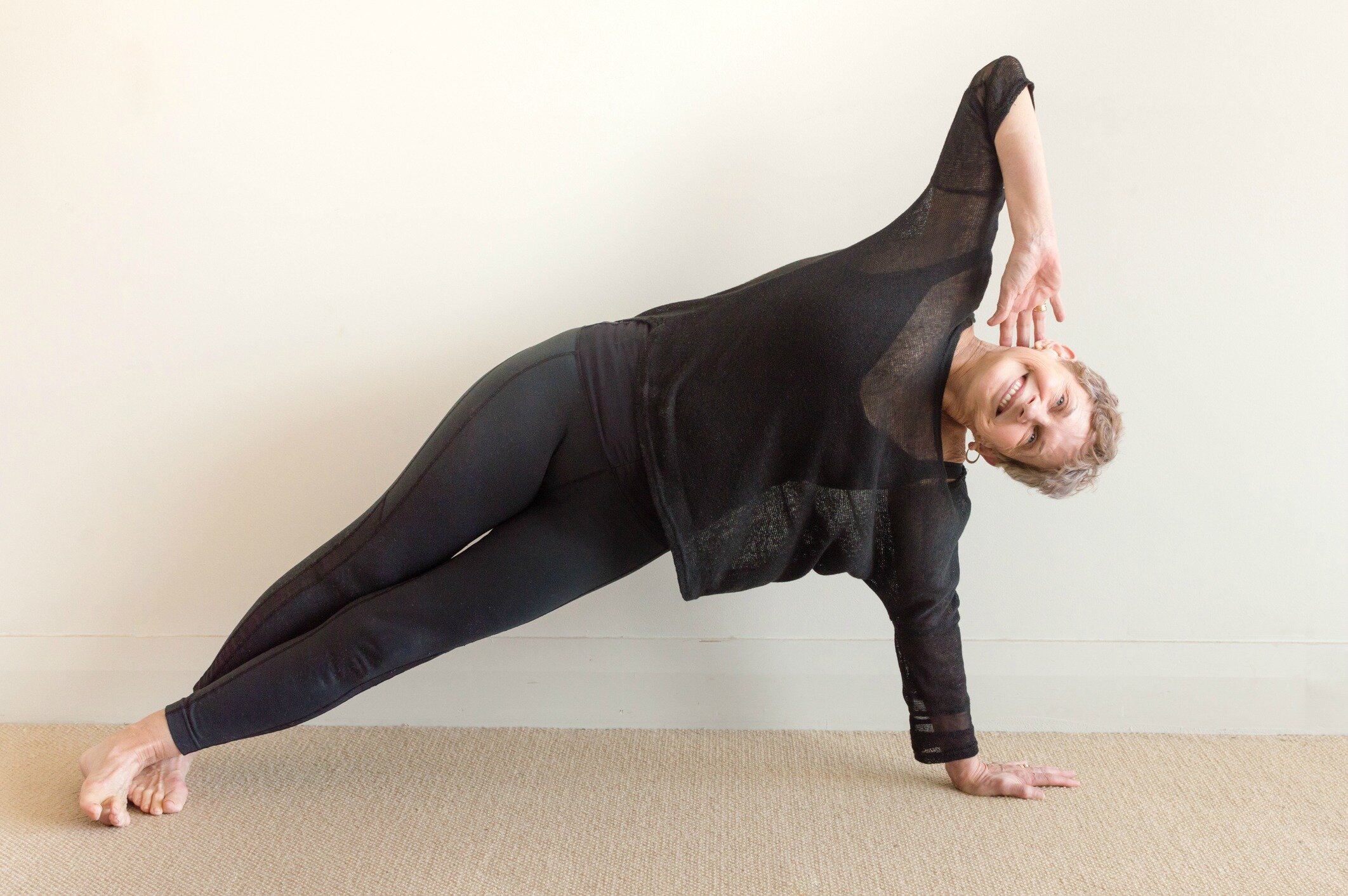What make a Badlands Healing Yoga Practice different?
When you join a live zoom yoga practice with one of Badlands Healing Yoga’s Guides, you may be wondering how it will be different than any of the other zoom yoga classes you’ve attended in the last year. One of the silver linings to the pandemic, stay-at-home cloud has been how relatively easy it can be to join a different practice than you’re used to. To try a new brick and mortar studio you have to allow travel time, think about traffic patterns and parking and whether it will be light when you go in or come out. You may have to think about bathroom and wardrobe considerations and prepping for a morning or evening yoga practice around your work day may involve so many bags you need to hire an extra set of hands for all the things.
Join us for practice!
Variations, modifications, all bodies welcome!
But for the past year, if you’ve joined led yoga practices it’s probably been on zoom. You can join someone in another state or even country, you can join from different time zones and you can drop in on a class just by typing in a different meeting ID.
The first thing that you might notice is that we offer yoga practice, rather than classes. The first principle of Healing Yoga is that it is a practice. Practices require an experimental mindset rather than a mimicry mindset. When you show up for a practice, you expect to start out following instructions, not to give the right answer on a test, but to have the skill or action become your own so that you are able to learn and reveal new and beautiful things through your expression of it. To revisit the components of actions and breaths in slightly different contexts so often they become familiar… and somehow new again.
You’ll notice the guide acknowledges you as a person and opens a dialogue that you can be as much or little a part of as you’d like. That dialogue begins with check in, where you’ll be asked questions designed to help you feel into your body and breath and how they reveal your mind. Whether you share your insight is up to you on any given day, and one day you may hear a familiar question in a whole new way.
Your guide comes with a plan and your guide will alter the plan depending on what you choose to share. Classes are very intentionally small, so we can offer at least one technique - posture, breath, flow, image, meditation - chosen for each person. It may be something the guide had already planned for that they surmise would be just the ticket or they might replace part of their plan to illuminate something helpful for you. Modifications will be offered and alternatives suggested along with the reminder that everything is optional and questions are encouraged. Your guide will demonstrate some of the time and will frequently stop to observe and adjust their cuing to provide the most helpful cues and the quiet for you to experience and experiment with them. Your guide will stop and might do a mini workshop to clarify if they see their verbal cues aren’t landing as they intended and may ask you how something feels, because every pose is revealed in how it feels more than how it appears. They might also suggest doing something you haven’t done before, because sometimes you don’t know how good you could feel until you’ve ventured beyond what you’re used to feeling. And everything is always optional.
You might very well be asked about the season in your location. Each guide uses the wisdom of Ayurveda to understand how specific practices might be more or less beneficial for a specific time of day, for snowy, windy or hot conditions. Your guide will use the basic principle of counterpose to create and sustain a practice balancing for all constitutions, or tridoshic. This simple feature of following each posture with one of opposite qualities brings balance and harmony to the arc of an intelligent practice progression.
You’ll be called again and again to feel your body from the inside out, to sense how your core supports your spine and the organic movement of your limbs in disparate poses that might seem to have nothing to do with your “abs,” from standing postures to sitting and lying down. Your attention will be drawn to the space in front of your spine, the inside of your pelvis, the location of expansion and contraction as you breathe. You’ll be invited to wonder if all of those things refer to the same thing and you’ll be drawn to your true core and how your breath both reveals and relaxes and can also strengthen both the structures that support it and your connection to them.
You can expect a long rest period at the end - about ten percent of the practice period. Both guided imagery and extended silence illuminate Savasanahhhh, as we like to call it, or final relaxation. Your guide will facilitate your transition back to ordinary consciousness.
In every class we consciously honor the things that make yoga a healing practice, from internal sensory experience, to breath awareness and true core, individualization and attention to natural rhythms. While the presence of each may be subtle, we know that it’s practice is equally powerful and we value the honor of facilitating your practice.



